“Precipitation hardening age hardening, or particle hardening, is a metal heat treatment process that is used to improve the metal’s yield strength and a vast array of structural alloys.”
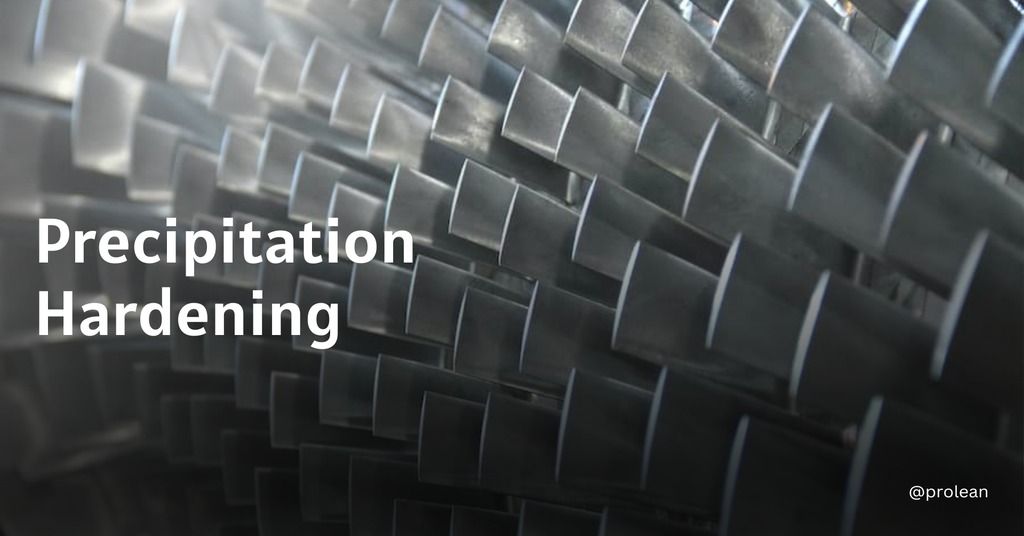
This method was first discovered by Alfred Wilm while he was trying to increase the strength of aluminum alloys. In 1906, he was granted precipitation hardened aluminum , and this resulted in the production of the first age-hardenable aluminium-copper alloy called Duralumin.
Subsequently, the principles of age hardening have been applied to other materials over the years. Today, this process is used for carbon steels and different metal alloys to increase their strength, hardness, and rust resistance properties.
What Is Precipitation Hardening?
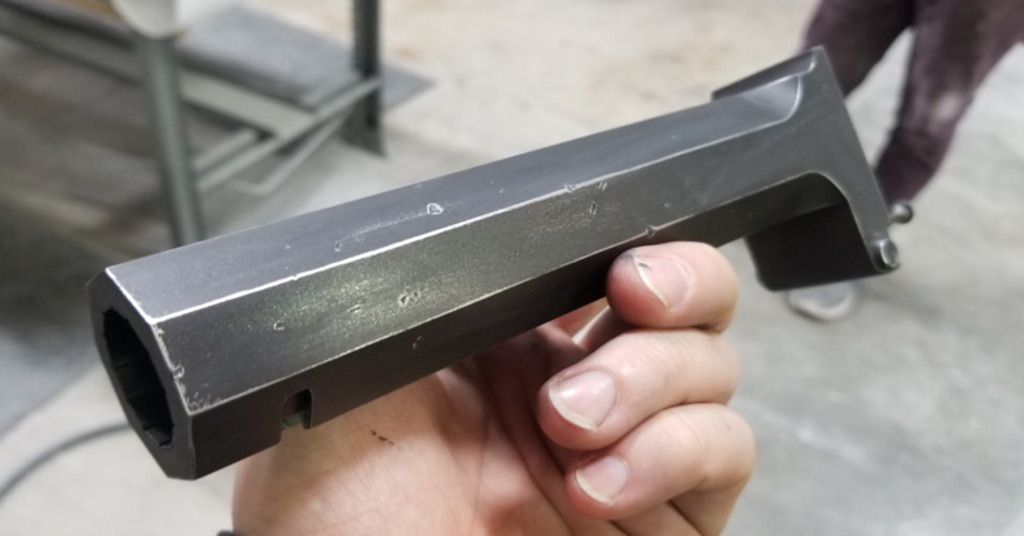
Precipitation hardening
Age hardening is a specific type of heat treatment that helps to increase the yield and tensile strength of metal alloys by making them harder over time. It works by separating some of the components in the alloy, which locks the combination more firmly in place and limits the movement of one part of the material relative to another.
The principle is somewhat similar to the one behind steel-reinforced concrete. Reinforcement of concrete with steel bars increases the tensile strength of the structure to a great extent. When a tensile load is applied, the steel bars take up the stress and thus do not allow the concrete to expand. Likewise, the impurities incorporated into the alloy during the case hardening process also improve the general strength of the alloy.
The use of precipitation hardening can result in significant increases in yield strength and hardness. For example, annealed 0.3% carbon steel generally has a yield strength of approximately 300 MPa. If this steel is subjected to work hardening, then the yield strength of this material is about 600 MPa. However, with precipitation hardening, the yield strength can rise to as high as 1500 MPa. This shows that there is a five-fold improvement in the yield strength, thus showing the advantages of the process in improving the performance of an alloy.
Try Prolean Now!
What is the Mechanism of Precipitation Hardening?
The process involves three key stages: The common processes include solution treatment, quenching, and aging. All the stages have their own importance in increasing the strength and hardness of the given material.
Solution Treatment: The first step, commonly referred to as solution treatment or solutionizing, involves heating the alloy to a high temperature to achieve a solution. This temperature is above the solvus point, which guarantees that the precipitate is in solution in the base metal. For instance; beryllium in copper or copper in aluminum.
To make it easier to understand, dissolve sugar in hot water. The amount of sugar that can dissolve increases with the increase in the water temperature. On the other hand, if the water gets cold, some amount of the dissolved sugar may crystallize. Solvus temperature is the highest temperature at which the precipitate is in solution. This is because by heating the alloy to this temperature, we are able to achieve maximum solubility hence a supersaturated solid solution. This stage is also known as soaking, in which the alloy stays at this high temperature for a certain period of time.
Quenching: After dissolving to the maximum extent, the alloy is quickly cooled to room temperature through a process known as quenching. This rapid cooling locks the supersaturated solution in a metastable state. Thus, the precipitate does not settle out.
Metastable Phase: A metastable phase is an unstable phase that should not exist at lower temperatures, but quenching locks the atomic structure in that phase. This rapid cooling eliminates the chances of nucleation sites where precipitates could form if the cooling were slower. After quenching, the alloy is a soft, solid solution and has low strength compared to other states of the alloy.
Aging: In the aging stage, the alloy is heated to a temperature lower than that of the solution treatment phase but higher than the room temperature. This leads to the formation of fine precipitates in the solid solution matrix of the alloy. These tiny precipitates produce strain fields which greatly increase the strength and hardness of the alloy.
There are two ways of aging: natural aging, which is aging at room temperature, and artificial aging, which is aging at high temperatures. The process of aging is dependent on time; as time elapses, the hardness and strength of the material rise to a certain point. At this optimal point, the material is at its strongest because the precipitates hinder the atomic movement most efficiently.
If the material is aged for too long or at too high a temperature, it becomes overaged. Overaged materials have a reduction in strength and hardness from the maximum value, hence having poor mechanical characteristics.
Precipitation Hardening of Stainless Steel
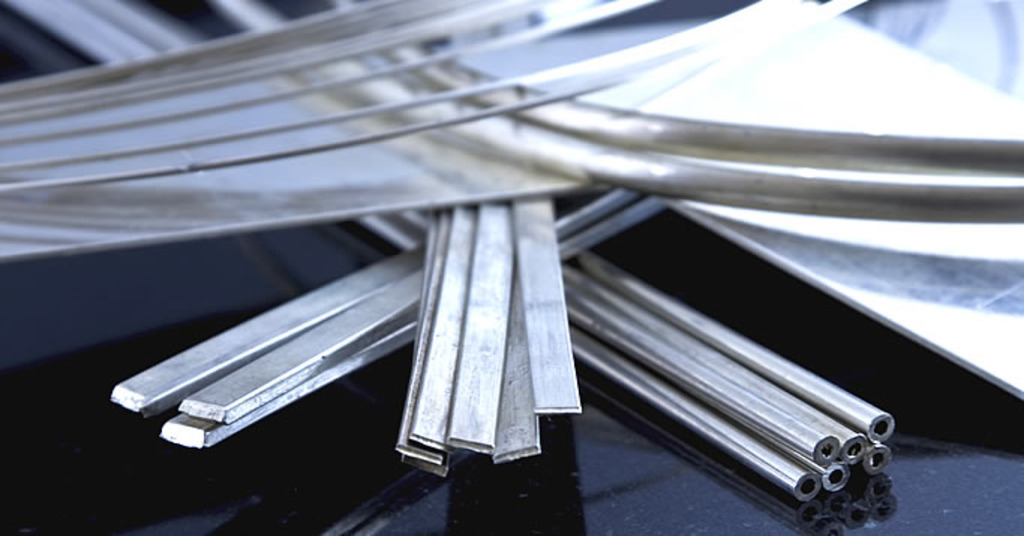
Stainless steel precipitation hardening
Precipitation hardening of stainless steel is a special group of alloys that have the best characteristics of both martensitic and austenitic stainless steels. These alloys are heat treated in a manner that provides them with high strength and, at the same time, good workability and ductility. However, they can achieve tensile strength of between 850 MPa and 1,700 MPa, which makes them suitable for several applications.
The process has several important stages. It starts with a solution treatment in which precipitates are dissolved; then, the material is rapidly cooled to form a supersaturated solid solution. Last of all, an aging process is carried out to produce fine precipitates uniformly distributed in the matrix of the alloy. Such a sequence of treatments leads to an increase in strength by a factor of 1. 5-2 times, wear resistance by a factor of 2-3 times, and corrosion resistance by a factor of 2-5 times.
Due to the enhanced characteristics of precipitation-hardened stainless steels, they are widely used in various industries such as oil and gas, aerospace, and many others. These materials are valued for their high resistance to severe conditions and high mechanical loads. After reading this article, you should be in a position to understand this exceptional class of stainless steel and its uses in different industries.
Difference Between Tempering and Precipitation Hardening
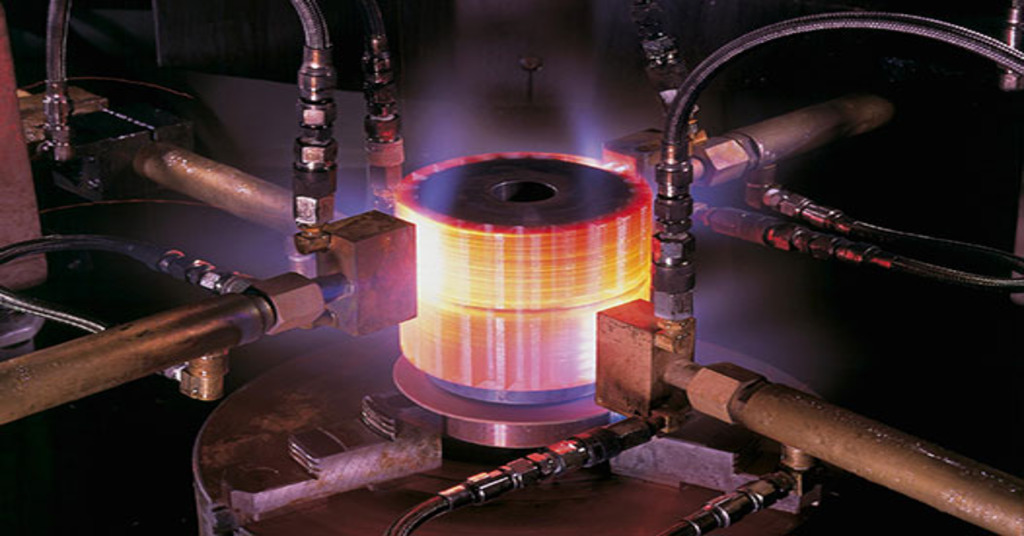
Tempering steel
Tempering and precipitation hardening are two metal heat treating processes that are used to change the characteristics of metals. However, they are different in their function and application on metals. Although all of them include the processes of heating, cooling, and reheating, their impacts and the metals they are applied to are quite different.
Tempering is mostly applied to increase the toughness and ductility of alloy steels. First, the steel is heated to the formation of martensite, a hard phase that is, however, brittle, and then reheated to a lower temperature. This reheating enables the carbon atoms to move, relieve internal stresses, and change the martensitic structure for a more stable one. Thus, the hardness of the material is slightly reduced while its toughness and ductility are increased noticeably. This makes tempered steel less susceptible to cracking under stress.
Meanwhile, age hardening is used to enhance the hardness and strength of metals like aluminum, nickel alloys, and stainless steel. This process involves the forming of fine precipitates in the metal matrix, which restricts the movement of dislocations in the crystal lattice, thus making the material harder. But this increase in hardness and strength can also lead to brittleness of the material being used. Precipitation hardening, also known as aging, takes place at lower temperatures and for a longer time as compared to tempering and this makes it possible to form these fine precipitates.
The main distinctions are based on the impact on the mechanical properties of the material, the metals being treated, and the process characteristics. The tempering enhances the toughness and ductility of the alloy steels and decreases the hardness to a small extent. It is specific to alloy steels because of the formation of the martensite phase. Precipitation hardening, on the other hand, raises the hardness and strength of the metal but at the same time makes it more brittle, and is mostly used on aluminum, nickel and stainless steel. Also, tempering involves the leaching of carbon from the BCT lattice to relieve internal stresses, while precipitation or age hardening involves the formation of fine particles that restrict the movement of dislocations in the metal matrix.
Try Prolean Now!
Typically Used Materials for Precipitation Hardening
Precipitation or age hardening is applied to a vast number of metal alloys. The most common materials that are often treated are aluminum alloys, including 2024, 6061, and 7075, precipitation-hardening stainless steel, like 17-4 PH and 15-5 PH, and titanium and magnesium alloys.
Not even modern materials like the nickel based superalloys like Inconel 718, Waspaloy, and René 41 are immune to the precipitation heat treatment. Due to this technique, engineers are able to improve the mechanical properties of a large number of alloys and offer solutions that include high strength, corrosion resistance, and appearance.
Benefits of Precipitation Hardening
The precipitation hardening process results in a number of improved characteristics of the material as compared to the non-treated one. Here are some of the primary advantages:
Increased Strength
The major advantage of precipitation hardening is the large improvement in the yield strength of the material. This process increases the plasticity and strength of the alloy by restraining the movement of dislocation. For instance, in the aluminum alloy 6061, when treated with T6 age hardening, the yield strength increases from 124MPa to 276MPa, more than double the original value. This dramatic improvement shows how crucial precipitation strengthening is for the improvement of the material’s strength.
Enhanced Toughness
Age hardening also has an impact on the improvement of toughness. The process also helps to release internal stresses and make the structure more homogeneous, increasing the material’s resistance to shock and stress cracking. For instance, aluminum 6061’s tensile strength rises from 117MPa to 310MPa after T6 treatment; this shows the effect of precipitation hardening on the toughness.
Improved Hardness
Precipitation hardening also greatly increases the hardness of the alloy due to the increase in the resistance to the movement of dislocations. For example, in die-casting, the die used to make the part has to be very strong and resistant to wear and tear since it is used to produce thousands of parts at a time. These requirements are met by precipitation-hardened steel or aluminum die, which has a longer life and is more appropriate for high-volume production.
Better Dimensional Stability
The improvements in strength and toughness also result in better dimensional stability. The material gains increased thermal and plastic deformation resistance and does not deform under mechanical and thermal loads. This is especially beneficial in engineering, where components need to maintain their form during other demanding processes such as cutting and polishing.
Cost Efficiency
Precipitation hardening can also contribute to the reduction of production costs. The enhanced mechanical characteristics are usually enough to justify the cost of the heat treatment. Thus, there is no need to use more costly alloys with similar characteristics. For example, precipitation-hardened stainless steel can be as strong as expensive titanium alloys and thus can save a lot of money.
Difficulties and Recommendations for Precipitation Hardening Treatment
Although precipitation hardening is one of the most effective methods of strengthening metals, it has some difficulties that need to be managed and controlled. This section describes the main difficulties that are inherent in the process and offers recommendations on how to avoid them.
Challenges of Precipitation Hardening
The process-linked challenges include;
Precipitate Homogeneity
Precipitation homogeneity is often encountered when using the precipitation hardening method, which is the ability to obtain a uniform size and distribution of precipitates in the material. This is especially challenging with large or complicated parts. Inadequate heating or quenching can result in the formation of precipitates in an irregular manner and this has a negative impact on the mechanical characteristics of the material.
Over-Aging
Over-aging is the state where the material is exposed to a high temperature or is aged for a long time, leading to the formation of large precipitates. This weakens the material and can eliminate the advantages of the heat treatment process.
Residual Stresses
Quenching involves rapid cooling of the material, and aging involves heating of the material. Both these processes can cause residual stresses in the material. These stresses can lead to dimensional change, cracking, and variability in mechanical characteristics. To avoid this, one should reduce thermal gradients during heating and cooling and apply stress-relief treatments such as cold compression.
Here are some tips that will help in the process.
Optimize Heat Treatment Parameters
The precipitation hardening process depends on the temperature, time, and the heating and cooling rates. These parameters need to be understood and optimized to the maximum. For instance, applying an improper cooling medium during quenching will reduce the rate of cooling and thus produce larger precipitates that are less effective. Getting the balance right can be a trial and error process, and therefore it is important to use the right testing techniques and allow sufficient time to get it right.
Precise Temperature Control
Temperature control is very important during the solution treatment and aging processes. For instance, aluminum 6061 usually undergoes solution treatment at about 529°C and aging at about 160°C. Maintaining the temperatures within the range of these values is critical to obtain the desired mechanical properties. Operators should ensure that they have accurate temperature control instruments to maintain the optimal temperatures.
Quality Testing
Strengthening the quality control checks at various stages of the process can give useful information about the efficacy of the heat treatment. Methods of Non-destructive testing and hardness testing are very effective for determining the properties of the material and for the detection of problems. Such practices as monitoring and testing are effective in making sure that the final product meets the required specifications and performance standards.
If these challenges are to be met and the following tips are to be followed, engineers can improve the efficiency of precipitation hardening and thus obtain stronger and more reliable material.
Precipitation Hardening vs. Annealing and Quenching
Heat treatment is a process that involves such treatments as precipitation hardening, annealing, and quenching. All of these processes entail placing alloys in certain temperatures for a certain amount of time; however, they are not the same in terms of purpose and approach.
Precipitation Hardening vs. Annealing
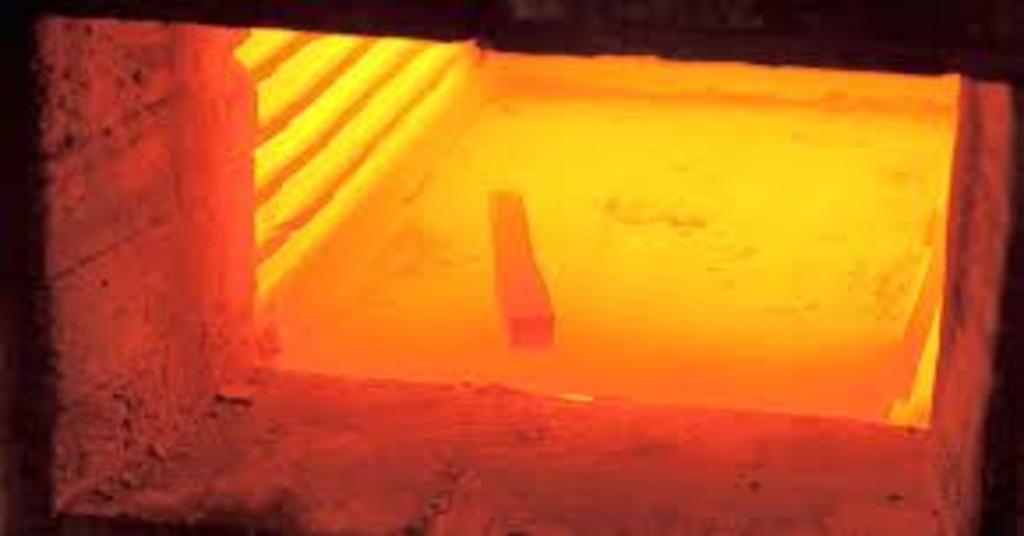
Annealing
The primary goal of precipitation hardening is to enhance the strength and hardness of a material. This process includes heating the alloy to form a supersaturated solid solution, quenching it, and finally tempering it to form fine precipitates that hinder the movement of dislocations. On the other hand, annealing is intended to reduce internal stress, increase ductility, and improve the machinability of the material. In annealing, the alloy is heated to its recrystallization temperature and then cooled slowly, usually in still air, to make the material softer and more malleable.
Both processes are alike in the beginning, where the furnace heats the alloy to a temperature close to its recrystallization temperature. In precipitation hardening, the hot, solid solution is quenched or rapidly cooled in the next step. On the other hand, in annealing, the heated alloy is allowed to cool at a much slower rate and in a controlled manner. This slow cooling reduces internal stresses and increases ductility while at the same time not increasing strength to a large extent.
Precipitation Hardening vs. Quenching
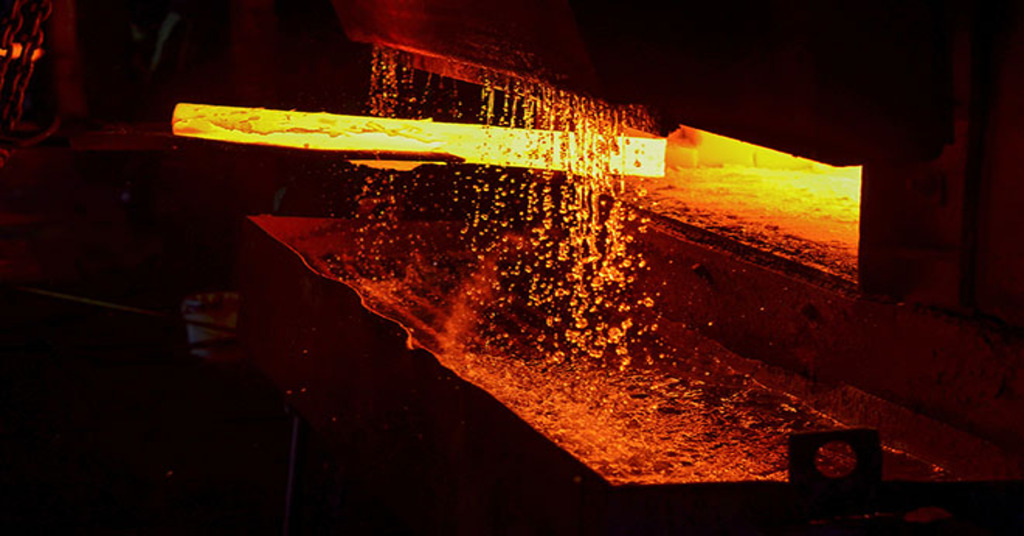
Quenching
Quenching, which is discussed as one of the sub-processes of precipitation hardening, is used to harden the material by cooling it rapidly from a high temperature. This rapid cooling freezes the microstructure of the alloy in a hard and brittle condition, thus increasing the hardness of the material but also making it more brittle. This quenching process is part of precipitation hardening but in addition to this, the quenched material is reheated to a lower temperature to form fine precipitates. These precipitates improve strength and hardness because they restrict the movement of dislocations.
In both processes, the alloy is heated to a high temperature as the first step. However, in quenching, the heated alloy is cooled at a faster rate to room temperature so as to lock the microstructure of the alloy. In precipitation hardening, after the first quenching, the alloy is heated again to a lower temperature for a longer period, called aging. This reheating enables the precipitation of particles that enhance the mechanical characteristics of the alloy.
Knowledge of these differences enables engineers to choose the right heat treatment process to achieve the required material properties. Annealing enhances the ductility and machinability of the material, quenching increases the hardness of the material and precipitation hardening enhances both the strength and hardness of the material.
Among all the types of hardening, precipitation hardening can be considered one of the most significant methods in manufacturing due to its significant contribution to the increase in strength, hardness, and dimensional stability of metal alloys.
Prolean offers a wide range of machining services that include CNC metal machining, vacuum casting, 3D printing, and rapid tooling. Our company focuses on the use of different metal alloys, especially those that are subjected to precipitation hardening, to meet your exact needs.
Our team consists of experienced professionals with professional skills who provide individual-engineered heat treatment services for all your product development activities. From placing an order to the final delivery, Prolean Tech is focused on providing quality services with a guarantee of reliability. Learn more about our custom machining services by contacting us now and explaining the details of your project.
Try Prolean Now!
FAQs
Q1. What is the effect of aging temperature and duration on the characteristics of precipitation hardening alloys?
Temperature and time are the critical factors that determine the extent of the process and the results obtained. When the temperature is raised or the exposure time is longer, coarser precipitates may be produced, which may reduce the positive impact of age hardening.
Q2. What are the main difficulties that are related to the problem of obtaining uniform precipitation on complex-shaped parts?
The geometry of complex parts is a challenge in achieving uniform properties throughout the part. Some of the challenges that can be faced include: To overcome these challenges effectively, the following approaches can be implemented;
Q3. What effect does the selection of quenching medium have on the characteristics of a precipitation-hardened alloy?
The choice of quenching medium, whether it is water, oil or polymer solution, determines the rate at which the material cools during quenching and, therefore its microstructure. The cooling rates can vary the hardness, strength, and residual stresses, which can lead to the quality of the parts being produced.

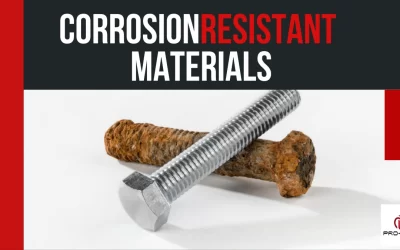
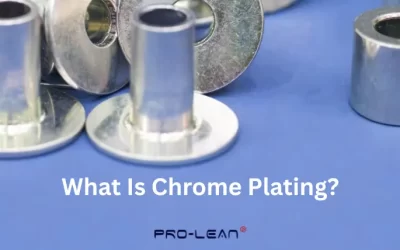
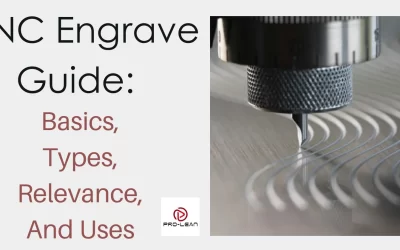
Very informative. Can you explain about the thickness and applications of parts processed using precipitation hardening?
Thank you for your comment. Yo can use precipitation hardening for metal parts requiring high strength and hardness, typically found in aerospace and automotive industries. Our factory thin sections, can process workpieces as thin as 0.5 mm.